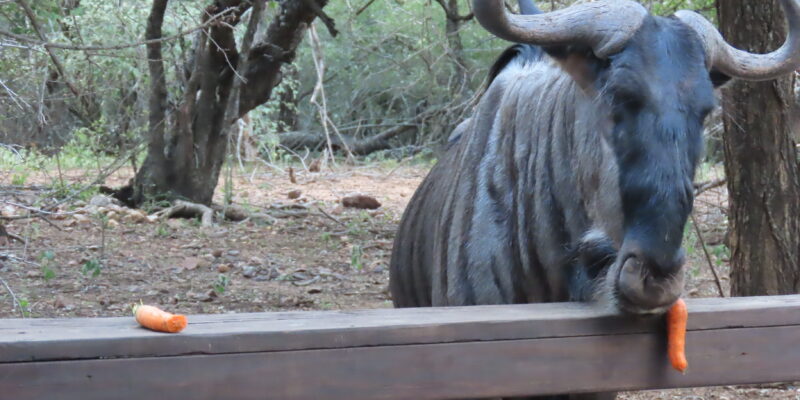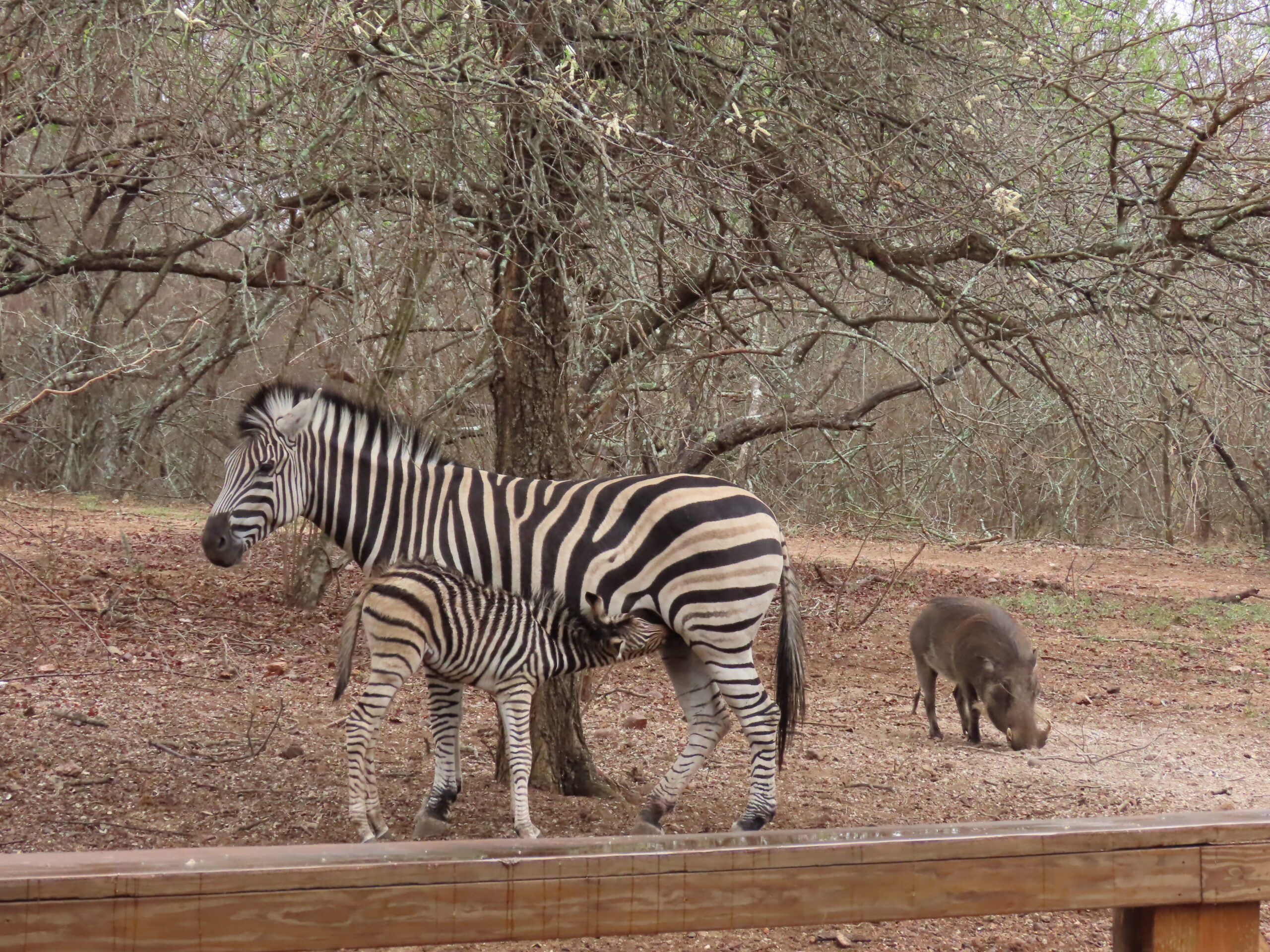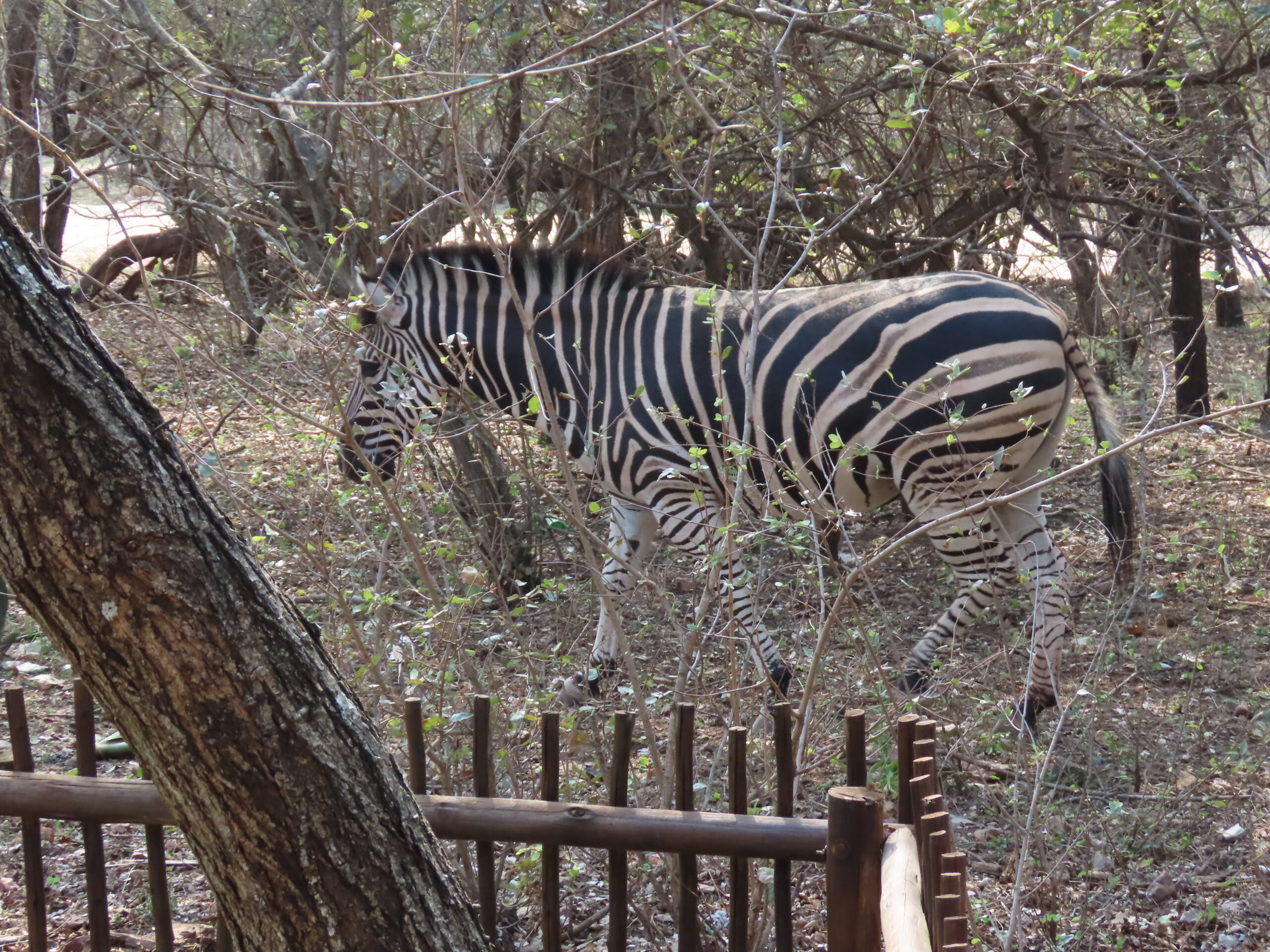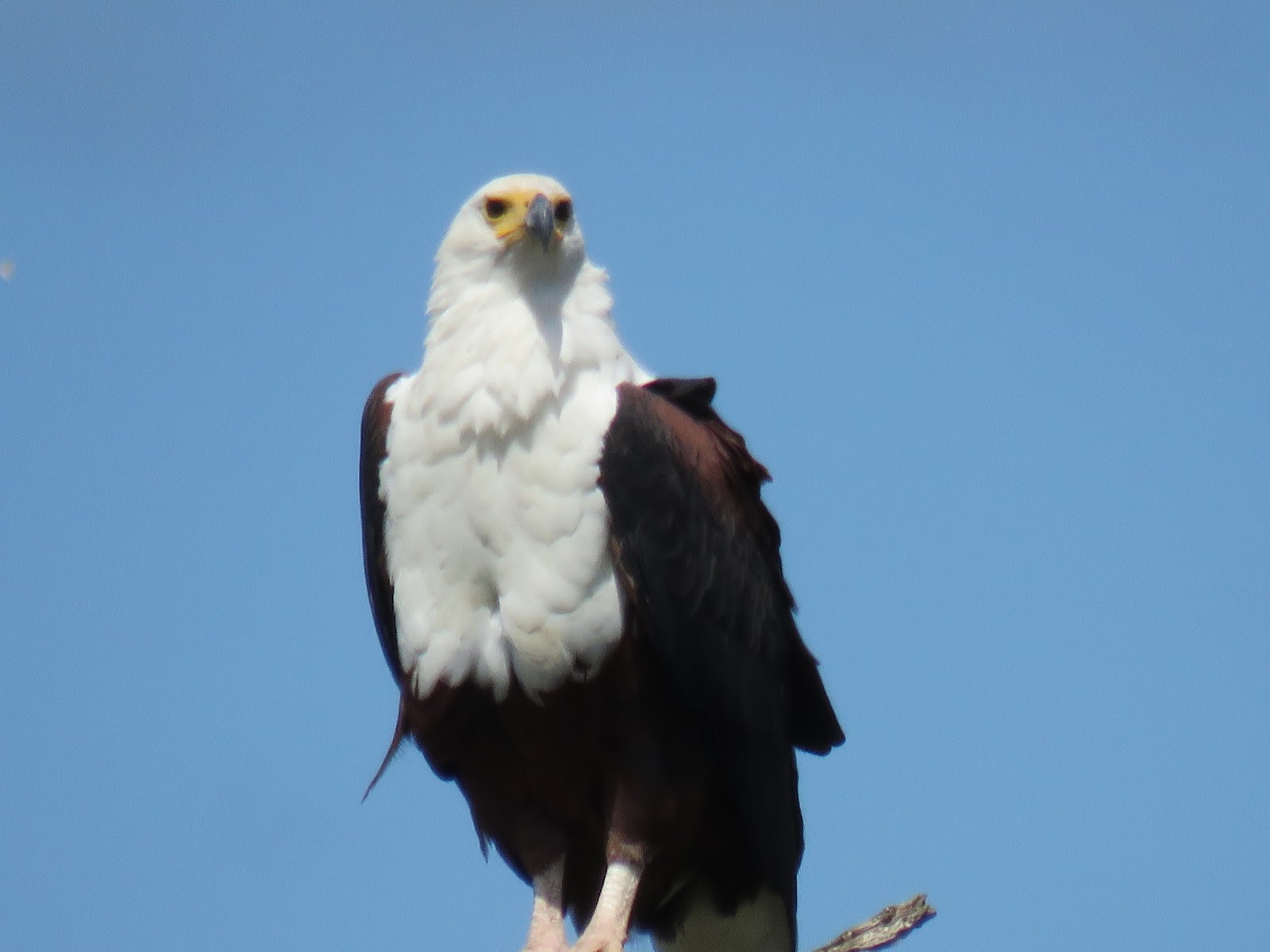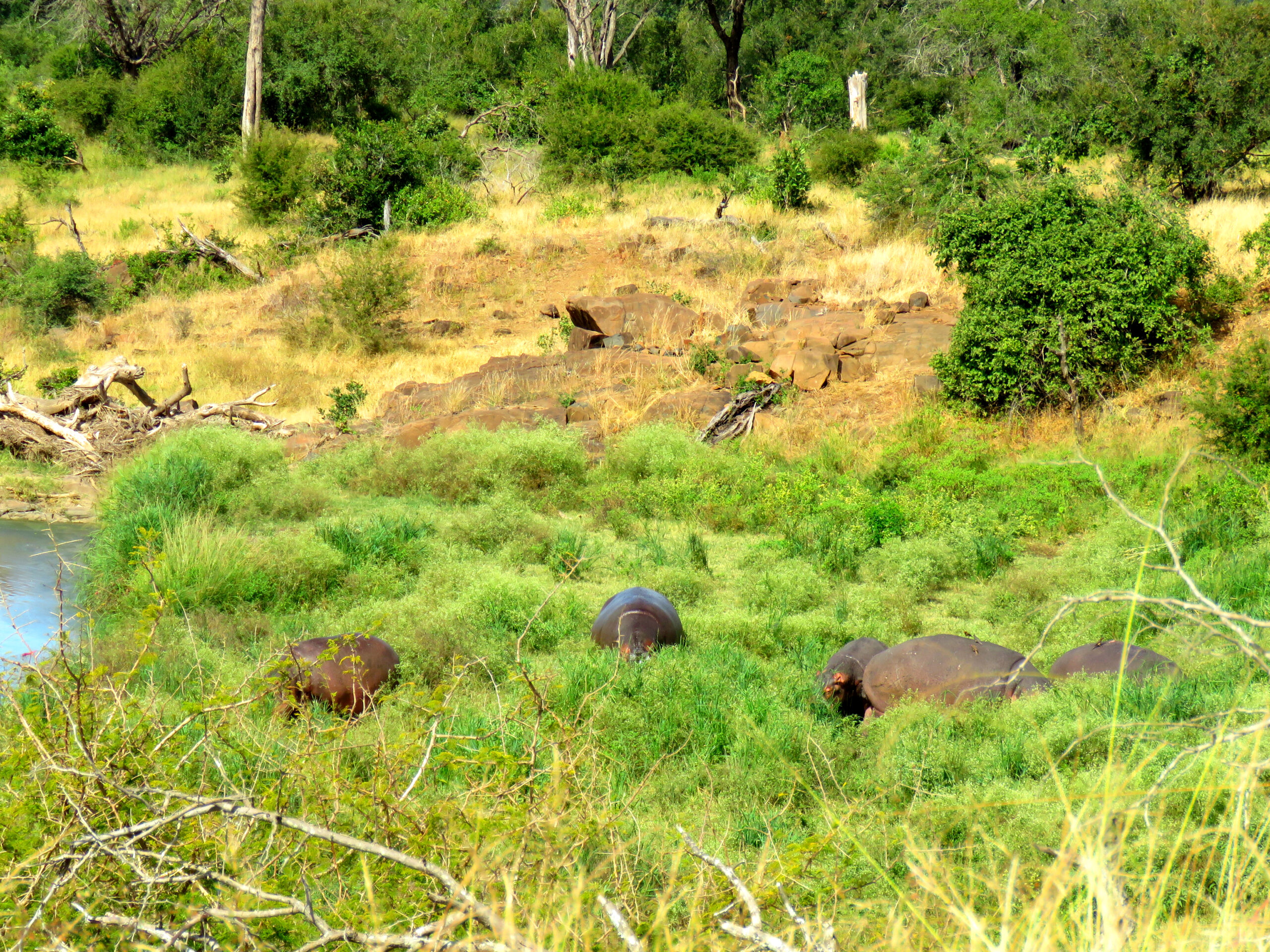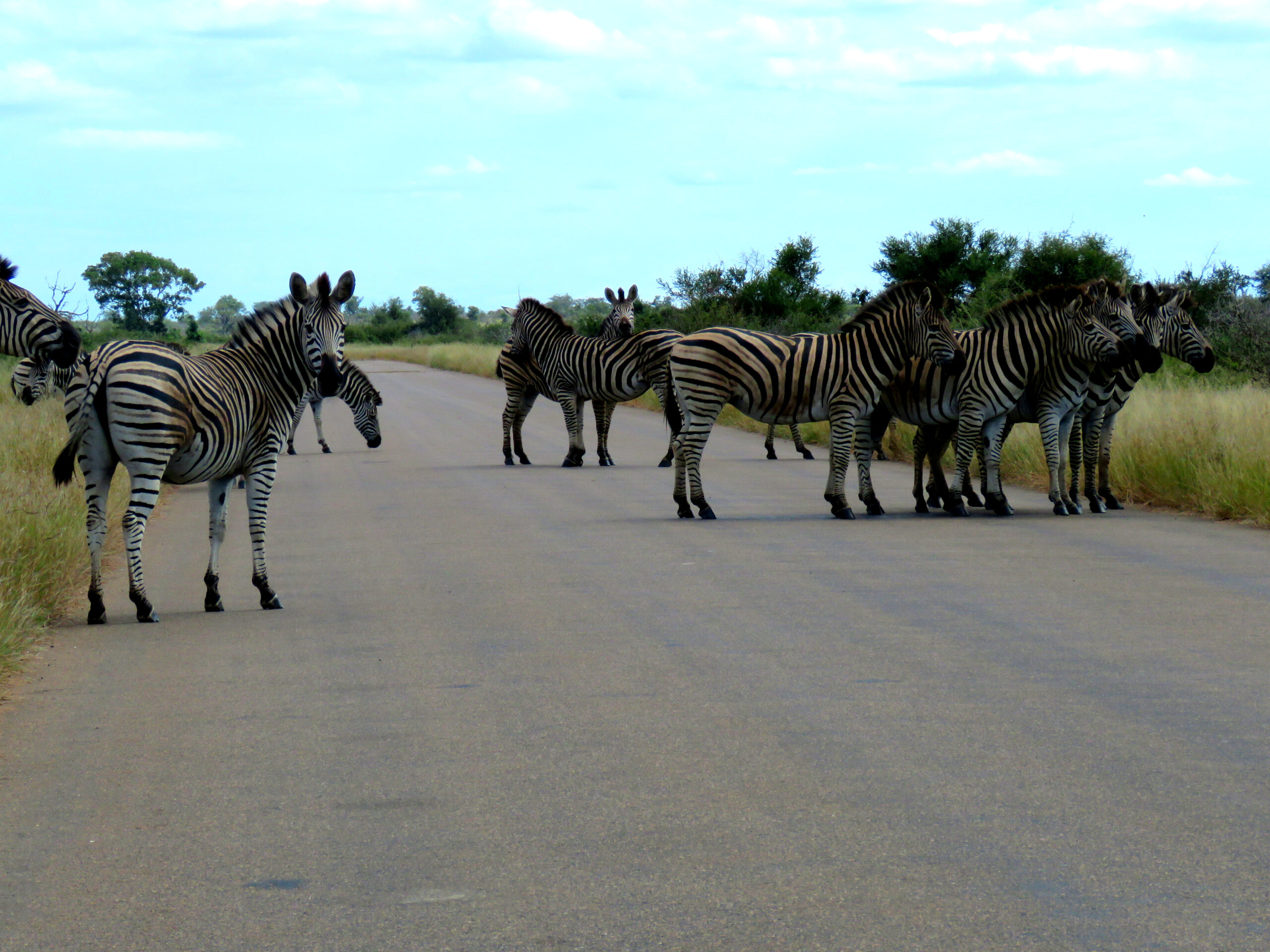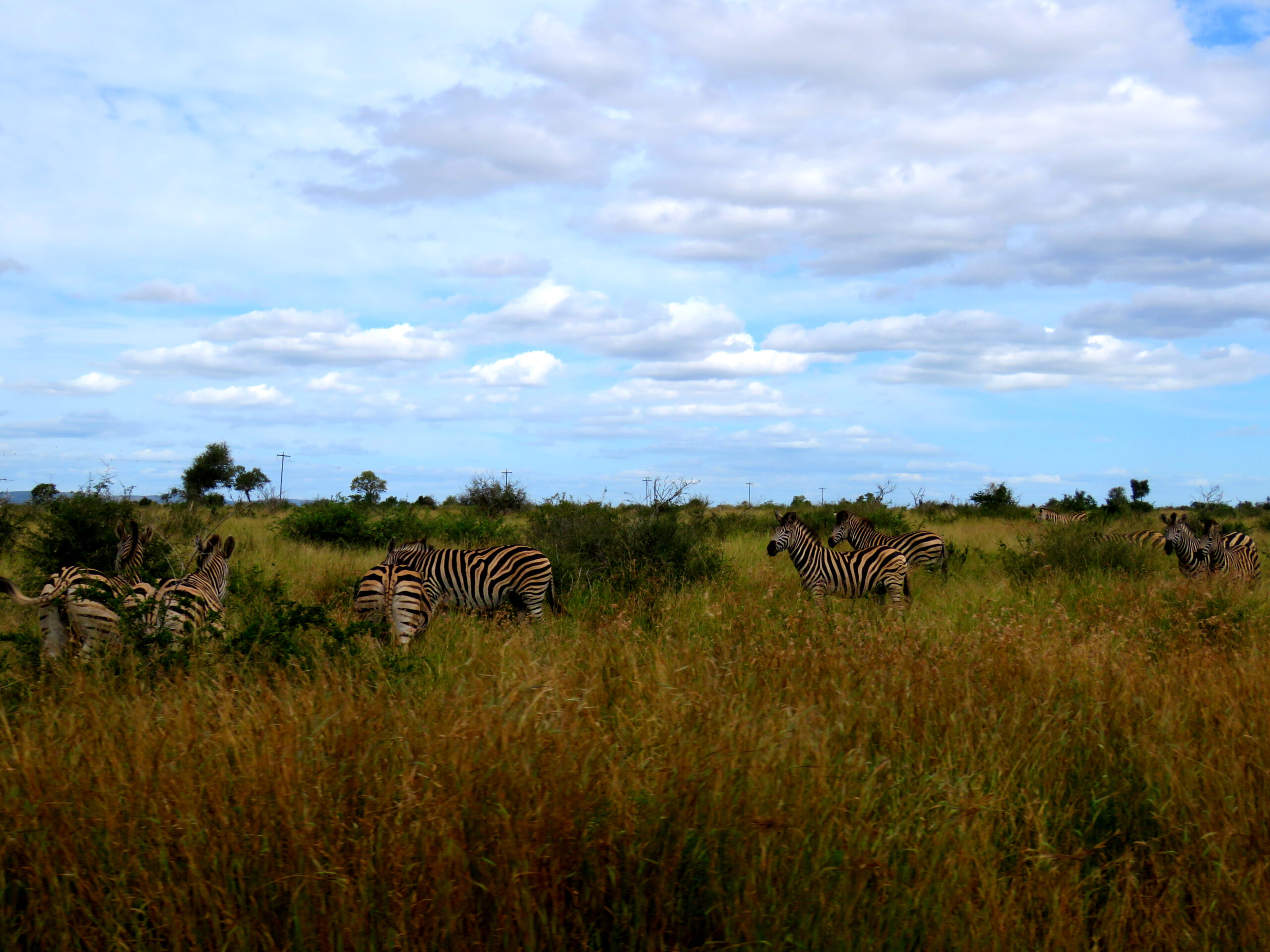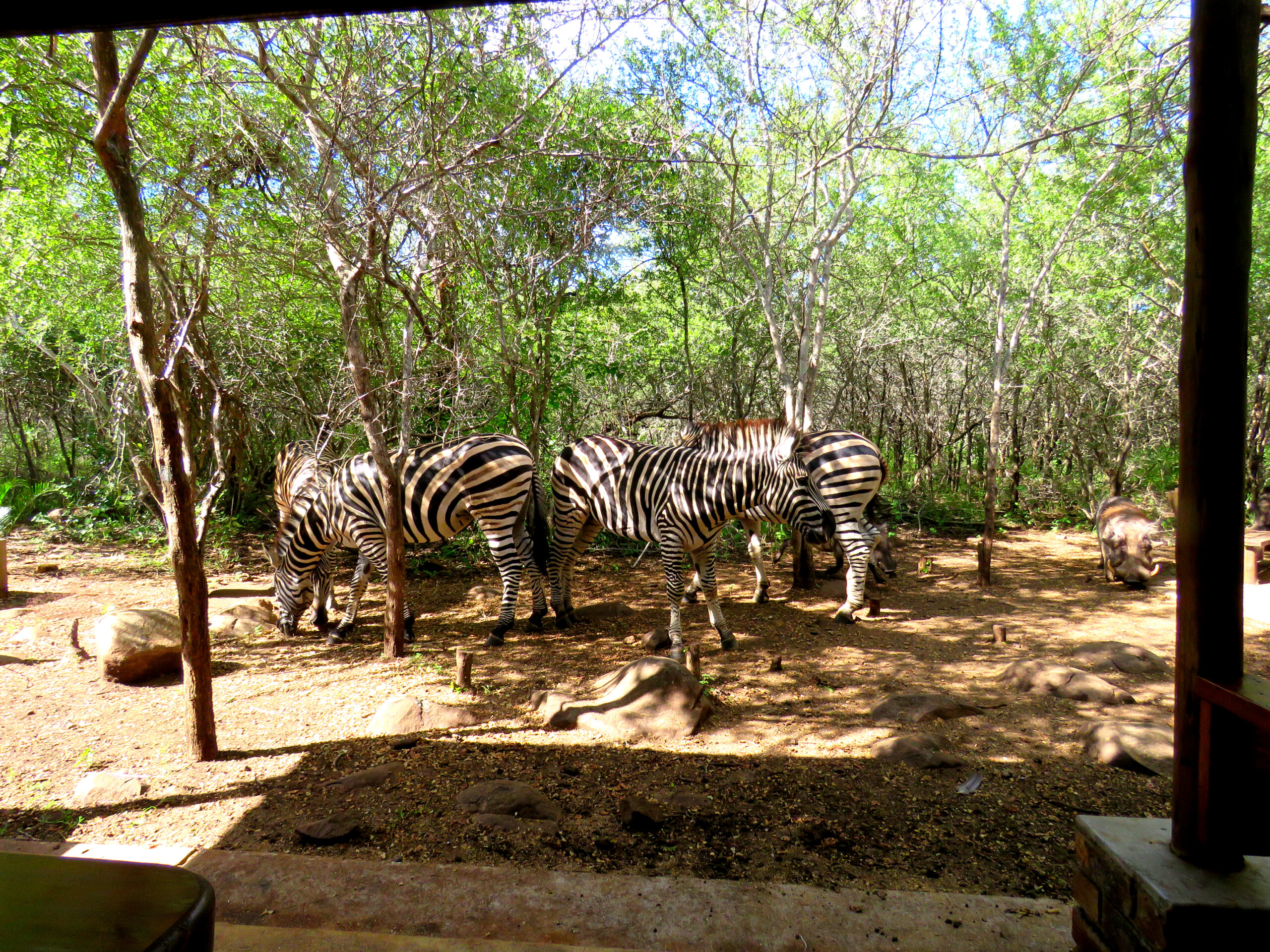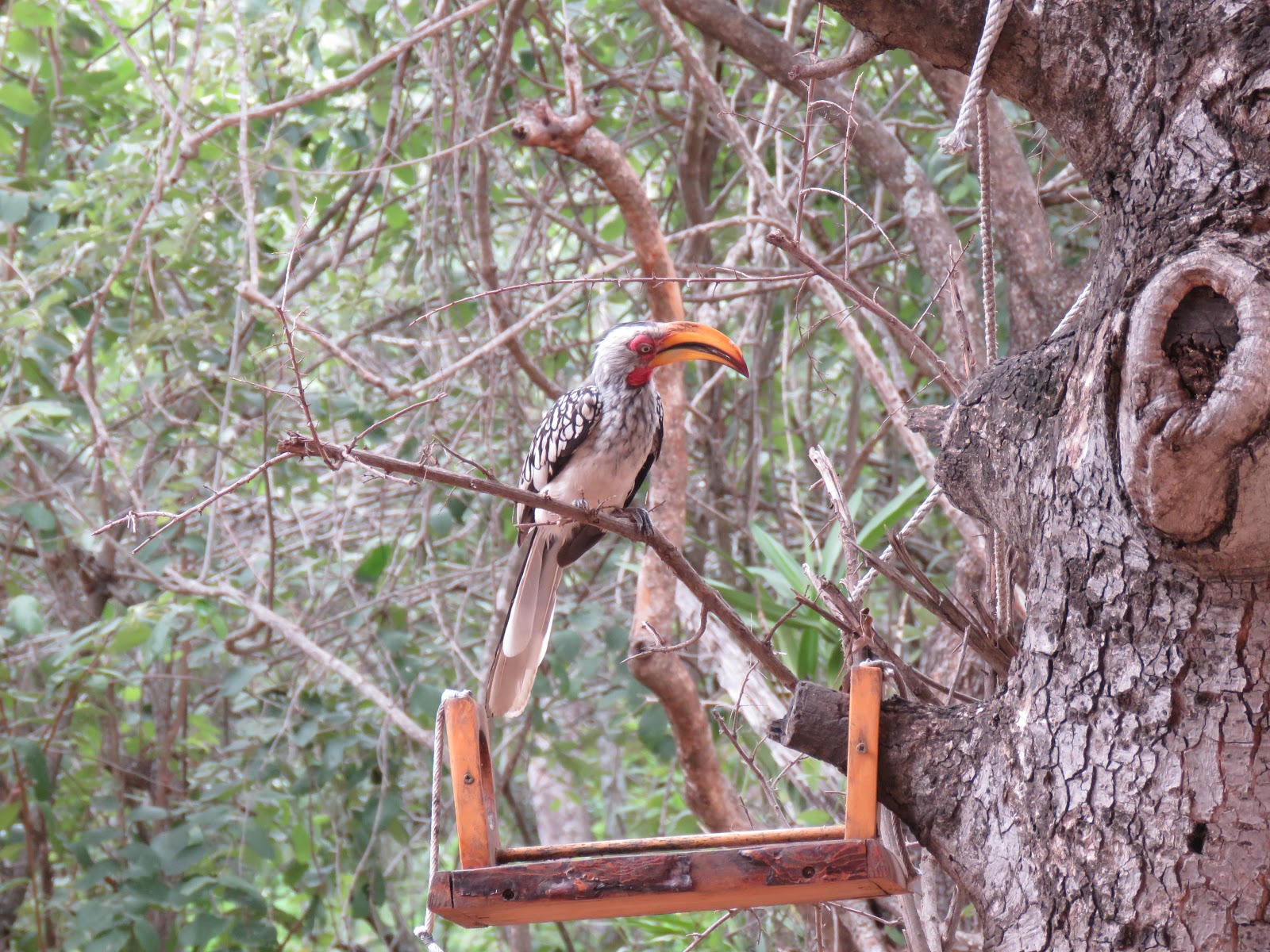Note: Due to WiFi issues, we are having spacing problems we cannot repair..

It couldn’t be a more perfect day. The weather is comfortable at 74F 23C, the sky is overcast, and the wildlife is abundant. We couldn’t ask for more, especially when Norman arrived again this morning. He stayed for over an hour, enjoying carrots, apples, and pellets. Annoyed with all the Big Daddies hovering, he finally took off.
The only thing annoying us is the sound of someone in the area using a generator as the sound wafts through the bush. We love the quiet sounds of the animals and the birds. Hopefully, soon, the noise will end.

Living in the bush, one’s senses are acute. Every moment and every sound attracts our attention, and we never know what to expect when we hear new sounds. It’s terrific that Tom now wears hearing aids and can listen to the magical sounds of nature.

This morning, we had to get to work booking all the rental cars we’ll need while here, when we arrive in Minnesota at the end of May, and when we return to Marloth Park in June. We have locked in some fantastic pricing in South Africa, as low as US $400, ZAR 7308 a month, which is at least four times higher in the US.

Also, we arranged the picking up and dropping off time when our friend Lasa arrives on April 2 and leaves on May 1—booking three cars and coordinating the pickup and return dates is time-consuming, especially when we only book them for a maximum of 30 days with our credit card, covering the insurance for only the first 30 days.

After all, we don’t have a car and subsequent insurance as an adjunct to renting rental vehicles. We figured out this workaround, but it requires returning the cars every 30 days and a long round-trip drive to the airport.
Also, today, Tom is booking cars for our final three months here, from June to September. We’ve yet to book a place to stay in Spain in September before our four cruises, but we have plenty of time. We’ll get to work on that sometime in the next 60 days.

We are going to a braai at friends Roz and Les’s home, a few kilometers from here. Soon, I’ll make a salad to bring and prepare our filet mignon to cook at their home. They offered to provide all the food, but we suggested bringing our meat and a salad. Few people eat such good-sized portions of meat or use homemade salad dressing as we do.
It’s too much work to ask the hosts to prepare anything special for us. In South Africa, it’s not uncommon for guests to bring their meat to a braai and a side dish to share. As always, guests bring their drinks, whether alcoholic or not. Tom will bring Lion beer, and I’ll bring a bottle of my low-alcohol red wine and some pre-made Crystal Light lemonade. I only drink two 5 oz glasses of the light wine and then switch to Crystal Light.

Today is the first day since I reduced the dose of Prednisone from 20 mg to 10 mg; after adding the new medication, I can breathe a little better. Last night was challenging. Hopefully, the new drug, Mont-Air, is kicking in and will prevent me from having asthma.
That’s our day, folks. We’ll be back with more tomorrow.
Be well.
Photo from ten years ago today, March 19, 2015:


